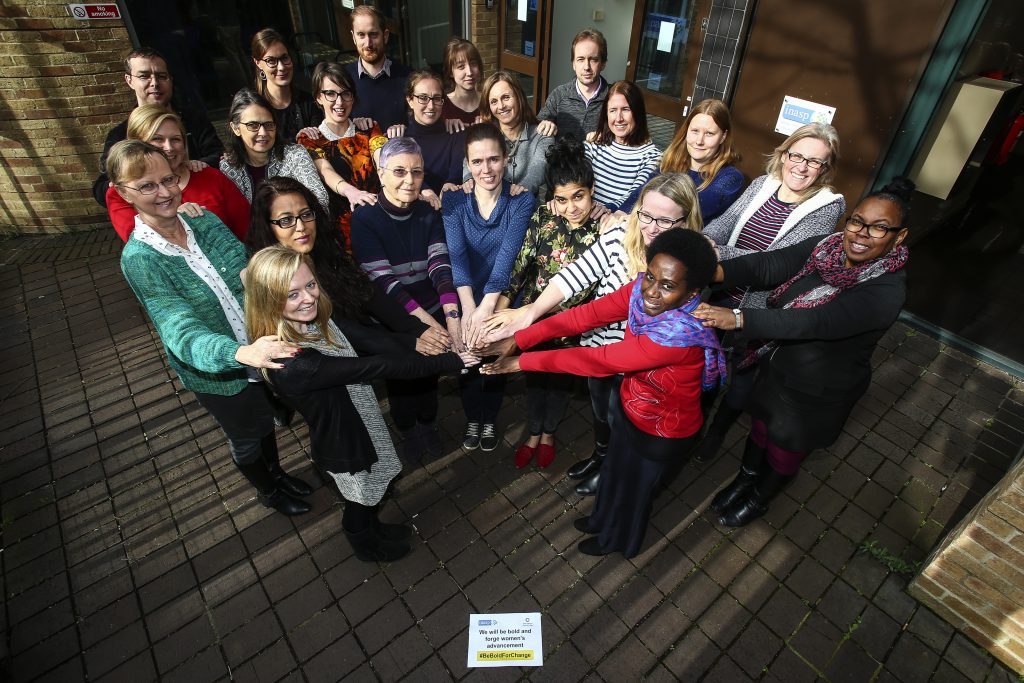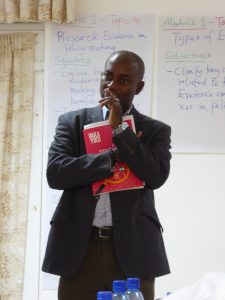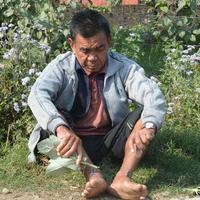Ten Videos on Evidence and Policy
Here are a few of our favourite videos featuring researchers, policymakers and practitioners all over the world discussing key issues...
Here are a few of our favourite videos featuring researchers, policymakers and practitioners all over the world discussing key issues...
Image: Dr. Patrick Tandoh, lead facilitator from GIMPA Back in January, the Ghana Institute of Management and Public Administration (GIMPA)...
Nepal is a diverse demography with over 125 ethnic communities. It is equally rich in biodiversity. The diverse ethnic communities...
Young people have a vital role to play in development, and universities are important sites to nurture their skills and...
Young people have a vital role to play in their countries’ development. There are now 1.8 billion young people (between...
 Blog post by Ruth Bottomley, Senior Programme Manager, Research Development and Support, INASP
Over the last few years there has been growing recognition within INASP that a commitment to incorporating gender considerations in our work is critical to meeting our mission to support individuals and institutions to produce, share and use research and knowledge, which can transform lives. This commitment to gender equity is clearly outlined in the INASP Strategy, but putting the commitment into practice can be challenging.
Blog post by Ruth Bottomley, Senior Programme Manager, Research Development and Support, INASP
Over the last few years there has been growing recognition within INASP that a commitment to incorporating gender considerations in our work is critical to meeting our mission to support individuals and institutions to produce, share and use research and knowledge, which can transform lives. This commitment to gender equity is clearly outlined in the INASP Strategy, but putting the commitment into practice can be challenging.
Registered charity no: 1106349
The Old Music Hall, 106-108 Cowley Road,
Oxford, OX4 1JE, UK
Tel: +44 (0)1865 249909
Email: info@inasp.info
© copyright 2024






